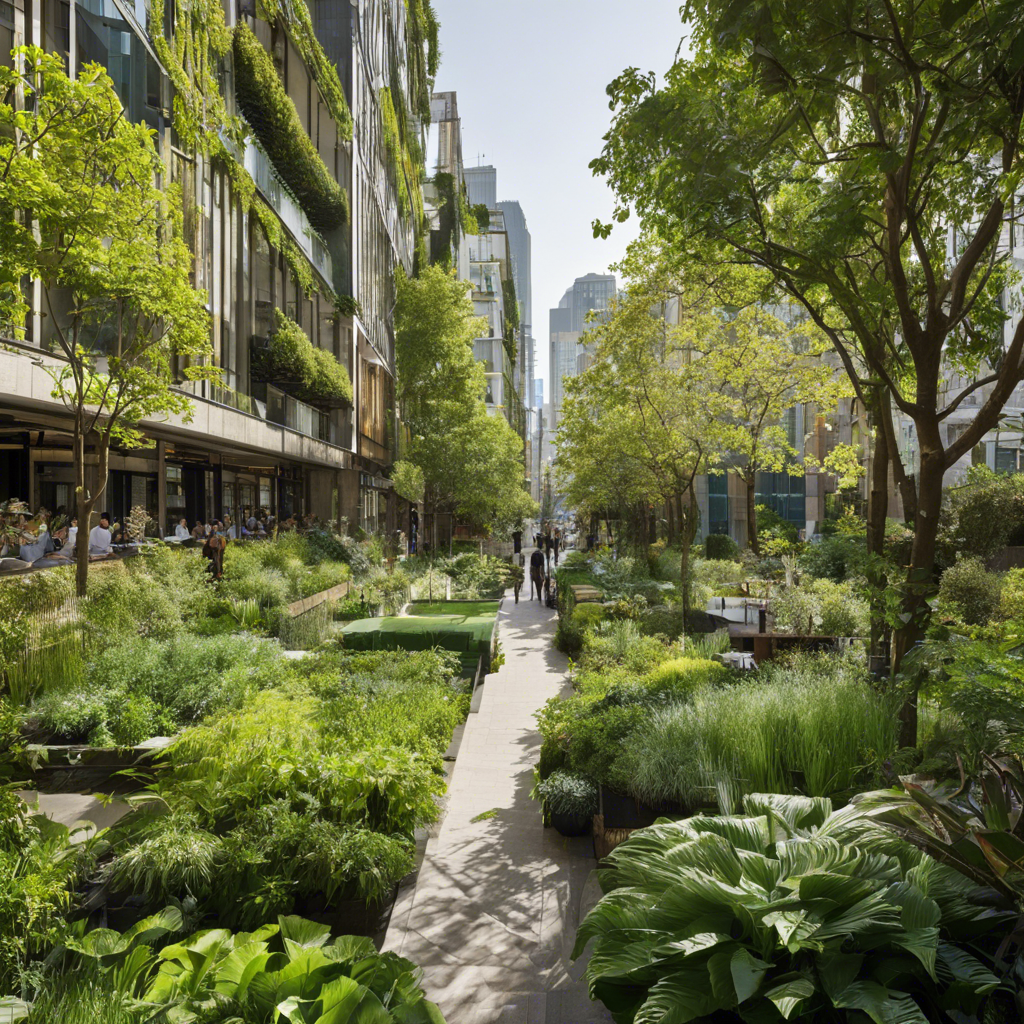As urban populations swell and concrete landscapes expand, the need for green spaces in our cities has never been more critical. Amid the bustling streets and towering skyscrapers, oases of greenery provide a respite, offering residents and visitors a chance to reconnect with nature and escape the hustle and bustle of city life. Discovering these green spaces can be like uncovering hidden gems, providing a sense of tranquility and a much-needed breath of fresh air.
Many major cities around the world boast impressive parks and gardens that serve as lung-like spaces, offering clean air and a peaceful atmosphere. For example, New York City’s Central Park, with its vast expanse of lawns, lakes, and woodlands, provides a sanctuary for both people and wildlife in the heart of Manhattan. Similarly, London’s Hyde Park, with its iconic Serpentine Lake and expansive grasslands, offers a peaceful retreat just a stone’s throw away from the busy Oxford Street. These iconic green spaces provide a template for other cities to follow, showcasing the importance of incorporating nature into urban design.
However, it’s not just large, well-known parks that are making a difference. Smaller, hidden green spaces are also popping up in cities worldwide, providing surprising pockets of tranquility. From rooftop gardens offering breathtaking city views to community gardens bursting with vibrant flora, these hidden gems bring nature closer to city dwellers. For instance, Paris’ Promenade Plantée, a 4.7-kilometer-long elevated garden built on former railway infrastructure, provides a unique and tranquil escape from the busy streets below.
In addition to their aesthetic and recreational value, these urban oases provide significant environmental and health benefits. They help improve air quality, mitigate the urban heat island effect, and provide habitats for a diverse range of plant and animal species. Green spaces also promote physical and mental well-being, reducing stress levels and offering opportunities for outdoor activities and social interaction.

